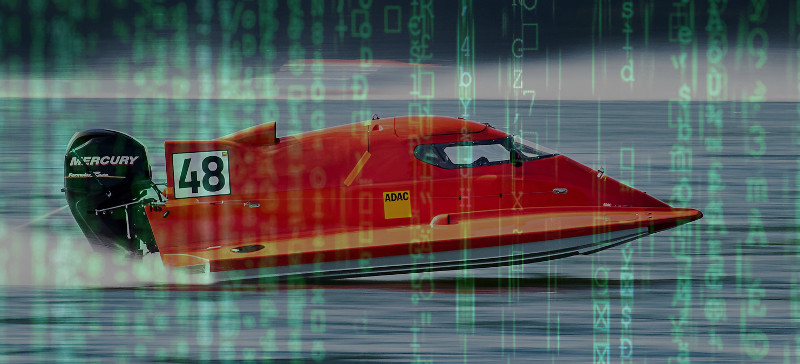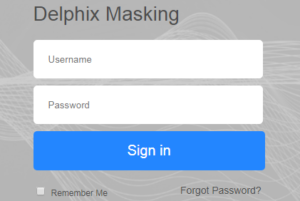
The process of data masking by its very nature can be a lengthy operation – by this I mean the actual read, transform, update process performed by the masking tool. The time taken from start to finish is directly proportionate to the quantity and complexity of data to be masked.
No two datasets are the same. We have different data store technologies, different schema designs, different ratios of sensitive data contained in the data store. I am often asked how long the masking process will take for a given database before I’ve even seen it! There is no rule of thumb here. The only way we can give a useful estimate is by creating, running and timing the actual masking job(s) themselves.
What we can do though, and we must do, is design our masking configurations/jobs with maximum performance in mind. Performance tuning is often an after thought that inevitably forces rework whereas if we work from the outset with performance in mind we can ensure time and effort is kept to a minimum and most importantly the process runtime is too.
Let’s explore the key areas that affect performance in a typical Delphix data masking enterprise implementation.
Continue reading “Maximum Performance Data Masking”
Matt is a technology consultant with over 20 years experience helping organisations around the world achieve data success using proven and emerging technologies. He is the Principal Consultant and Head Trainer at Kuzo Data.
Connect with Matt on LinkedIn.

